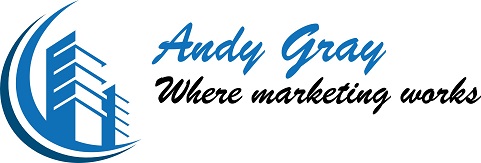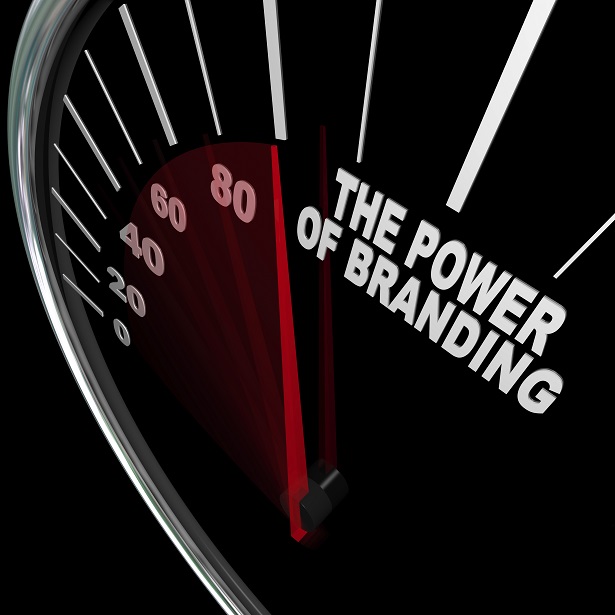If you don’t communicate quickly in a manner that is compelling…
…the rest of what you write won’t get read and the calls-to-action won’t get clicked.
Writer’s block. Compelling content. Wowing readers. Getting clicks. These are several of the possibly many challenges we all face when we’re sitting in the front of the computer charged with writing something that creates the type of interest that is then followed by opens and click throughs. Then, that gets followed by greatest result we all want – the action we’re seeking.
Instead, we’re sitting in front of our computer and we’re not typing away.
Here are a few interesting quotes that kind of underscore the frustration we sometimes feel when writing something:
– “Ink and paper are sometimes passionate lovers, oftentimes brother and sister, and occasionally mortal enemies.” (Terri Guillemets)
– “I am returning this otherwise good typing paper to you because someone has printed gibberish all over it and put your name at the top.” (English professor at Ohio University, name unknown)
– “I do not over-intellectualize the production process. I try to keep it simple: Tell the damned story.” (Tom Clancy)
That Delete Button

So, assuming you’re not having a brain-freeze moment when staring at your computer, and instead you are typing 100 words per minute and preparing what you believe is a compelling narrative. You are so pumped up when you hit submit that you’re checking the open and click through rates just seconds afterwards… but, then an unexpected reality hits, and it comes down hard.
The open rates fall below expectations, your own expectations, and what you’re being measured by. We’re not talking about the click through rates… we’re talking about the open rates. People aren’t opening the emails or clicking into the blog or post to read more of what you wrote. They’ve hit the proverbial delete button.
Why? Here are a few reasons:
– From Inc., emails with long, confusing SUBJECT lines are less likely to be opened than those with short, relevant ones. Also, “emails where the first 10 to 20 words are meaningless are less likely to be opened those that begin meaningfully.”
– From HubSpot, on average, only 20% of those who read your headline will click through to read your article. That means good headlines lose 80% of your audience. Great headlines, though, can make a dramatic impact in the opposite direction. You can increase the traffic to your articles by as much as 500%, based solely on the headline.
– From Infusionsoft, is your headline or first few sentences addressing any persona pain points, helping people solve a problem and/or improving the reader’s life, job, or lunch hour?
That Newsworthy Headline
However, if you have been facing some trouble in getting deeprootsmag.org levitra 10 mg excited or don t have a good way to maintain love in relationship.

Just how important is getting that headline right? 47% of email recipients open an email based on the subject line.
There are a number of articles with an array of best practices in how to write great blogs and great headlines. HubSpot’s “How to Write a Blog Post” and Michael Pollock’s “How to Open Your Blog Post With a Bang” are among many resources worth reading. These could certainly help with that writer’s block problem that can sometimes happen.
Here are several other thoughts, and if you’ve read a few of our other blogs about getting the other person, people or audience engaged at the start, you know what will come next. It’s that our thinking is all about getting the audience engaged at the start of the conversation:
– Think of your headline or title as if you have only 5 seconds to convince the reader to read more. So, what would you say verbally to someone to get them to listen to the rest of what you have to say?
– That headline should be directed to who you’re trying to reach. Not to everyone, but to your audience, simply because you’re addressing a pain point that they have.
– Know your audience, know their goals, priorities, and the key issues they have and talk to them on their terms with words, phrases and content that they can identify with vs. what you think they should hear.
– Newscasters give you a hint of what’s to come at the 10 pm news. Hosts on sports or news radio tease the audience on what to expect after the commercial break. Do the same for your headline.
– Spend time reviewing how online news articles or blogs get you to open to read their content? Compare headlines to articles you read vs. articles you skip and ask yourself what was or wasn’t engaging?
– Create intrigue. Use humor, if helpful. Bold statements stated with confidence.
– Prepare this opening and write and re-write the first few sentences. Don’t write something on the fly and expect it to resonate.
If you do communicate quickly in a manner that is compelling… then the rest of what you’re trying to accomplish will get heard and, in this case, get read.
For help with this messaging, reach out.







Leave A Comment